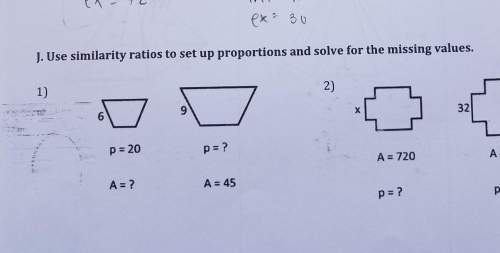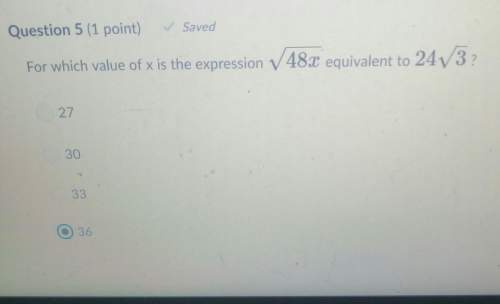
Mathematics, 19.03.2021 16:00 Alexis3456829
When the number of features p is large, there tends to be a deterioration in the performance of KNN and other approaches that perform prediction using only observations that are near the test observation for which a predi made. This phenomenon is known as the perform poorly when p is large. We will now investigate this curse ction must be curse of dimensionality, and it ties into the fact that non-parametric approaches often a. Suppose that we have e that we have a set of observations , each with measurements on p = 1 feature, X. We assume that X is distributed on [0, 1]. Associated with each observation is a response value.
A. Suppose that we st observ ation's response using only observations that are within 10% of the range of X wish to predict a te closest to that test observation. For instance we will use obs use to make the prediction? , in order to predict the response for a test observation with X 0.6 ervations in the range [0.55, 0.65]. On average, what fraction of the available observations will we
B. Now suppose that we have a set of observations, each with measurements on p- 2 niformly distributed on [O, 1] x [0, 1]. We wish to predict a test observation's response features, X1 and X2. We using only observations that are within 10% of the range of X, and within 10% of the range of test observation. For instance, in order to predict the response for a test observation with X0.6 X, 0.35, we will use observations in the range [0.55,0.65] for Xi and average, what fraction of the available observations will we use to make the prediction? X2 closest to that and in the range [0.3,0.4] for X2. On
C. Now suppose that we have a set of observations on p100 features. Again t he observations are uniformly . distributed on each feature, and again each feature ranges in value from 0 to 1. We wish to predict a test observation's response using observations within the 10% of each feature's range that is closest to that test observation. What fraction of the available observations will we use to make the prediction? D. Now suppose that we wish to make a prediction for a test observation by creating a p-dimensional hypercube centered around the test observation that contains, on average, 10% of the training observations. For p 1 2 and 100, what is the length of each side of the hypercube?

Answers: 2


Another question on Mathematics

Mathematics, 21.06.2019 13:10
Which system of linear inequalites is represented by the graph?
Answers: 1

Mathematics, 21.06.2019 18:30
How to use order of operation in 20 divide by 4 multiply 5 = 1
Answers: 1

Mathematics, 21.06.2019 20:00
Donald has x twenty-dollar bills and 11 ten-dollar bill. how much money does donald have? write your answer as an expression.
Answers: 2

Mathematics, 22.06.2019 01:30
An airplane is flying at an elevation of 5150 ft, directly above a straight highway. two motorists are driving cars on the highway on opposite sides of the plane, and the angle of depression to one car is 35 ̊ and to the other is 52 ̊. how far apart are the cars?
Answers: 2
You know the right answer?
When the number of features p is large, there tends to be a deterioration in the performance of KNN...
Questions

Social Studies, 25.10.2019 13:43

Physics, 25.10.2019 13:43




Mathematics, 25.10.2019 13:43


English, 25.10.2019 13:43



History, 25.10.2019 13:43

Mathematics, 25.10.2019 13:43












